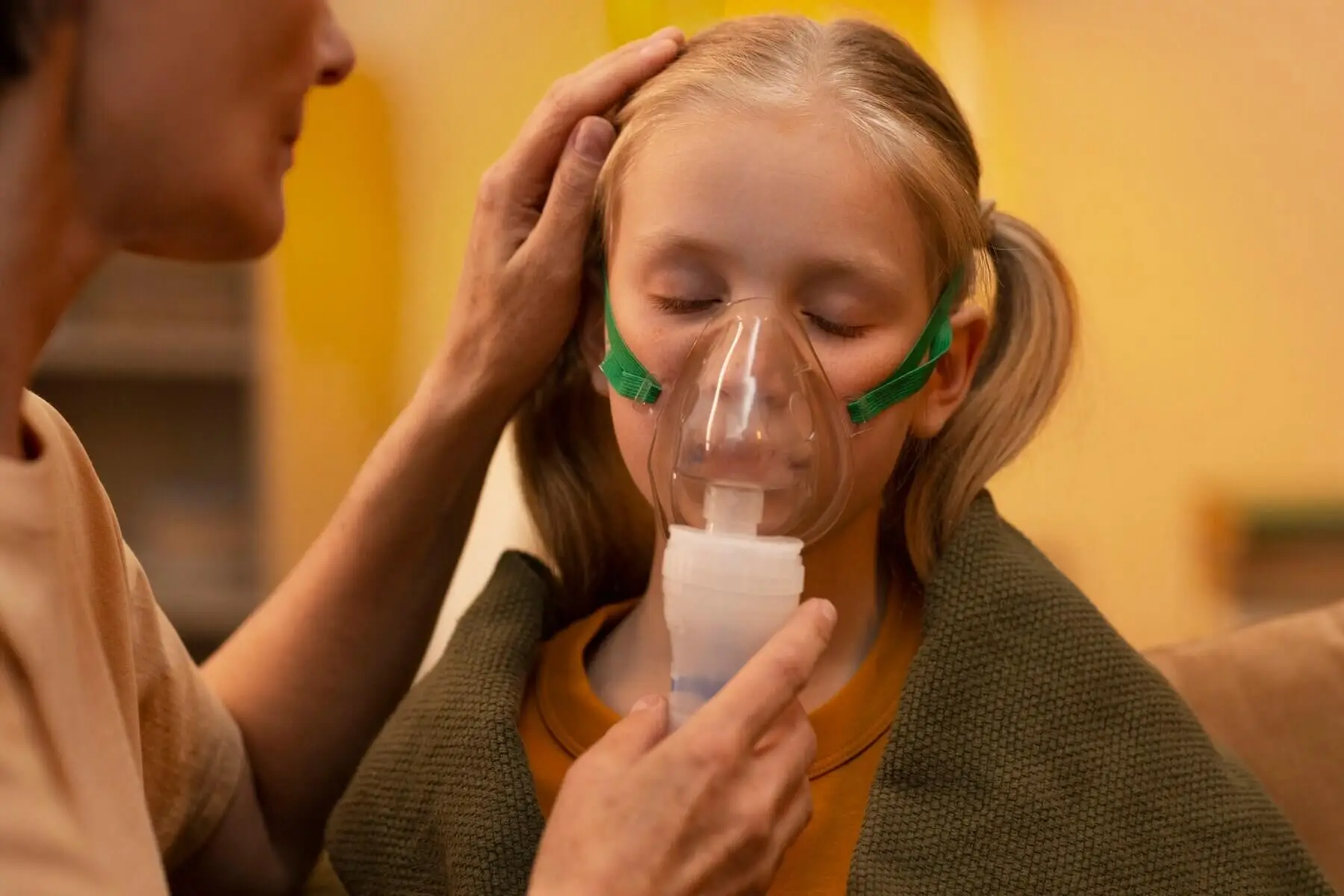Paediatric asthma is a chronic respiratory condition that affects millions of children worldwide. Characterised by inflammation and constriction of the airways, asthma can significantly impact a child’s quality of life if left unmanaged. In this article, we will explore the various aspects of paediatric asthma, from understanding its underlying mechanisms to effective management strategies.
Quick Guide:
- Understanding Paediatric Asthma
- Impact of Paediatric Asthma
- Management Approaches
- Emergency Management
Understanding Paediatric Asthma
Understanding the basics of paediatric asthma is crucial for parents and caregivers. Asthma in children involves inflammation of the airways, leading to symptoms such as wheezing, coughing, and shortness of breath. Triggers like allergens, respiratory infections, exercise, and environmental factors can exacerbate symptoms. Diagnosis involves a combination of medical history, physical examination, and pulmonary function tests.
Impact of Paediatric Asthma
Paediatric asthma can have far-reaching effects on a child’s life. Beyond the physical symptoms, asthma can disrupt sleep, limit physical activity, and interfere with school attendance. Furthermore, uncontrolled asthma may lead to frequent hospitalisations, missed school days, and impaired lung function over time. The psychological toll on children and families, including anxiety and stress, should not be overlooked.
Management Approaches
- Medication Options: Quick-relief medications like short-acting beta-agonists provide immediate relief during asthma attacks. Long-term control medications such as inhaled corticosteroids help reduce inflammation and prevent symptoms. Combination therapies may be prescribed for children with persistent asthma symptoms.
- Asthma Action Plan: A personalised asthma action plan is essential for managing the condition effectively. This plan outlines daily medications, triggers to avoid, and steps to take during worsening symptoms or emergencies. It empowers parents and caregivers to recognise and respond to asthma exacerbations promptly.
- Trigger Avoidance Strategies: Identifying and minimising exposure to asthma triggers is crucial. Common triggers include allergens like pollen, dust mites, and pet dander, as well as irritants like tobacco smoke and air pollution. Implementing environmental modifications, such as using allergen-proof mattress covers and maintaining a smoke-free home, can help reduce asthma symptoms.
- Monitoring and Regular Follow-up: Regular monitoring of asthma symptoms and lung function is vital for adjusting treatment as needed. Healthcare providers may recommend periodic asthma check-ups to assess disease control, review medication adherence, and provide education and support to families.
Emergency Management
Despite proactive management, asthma exacerbations can still occur. Parents and caregivers should be familiar with the signs of worsening asthma, including severe wheezing, chest tightness, and difficulty breathing. In emergencies, prompt administration of quick-relief medications and seeking medical attention are essential. Having a written emergency plan in place can help guide actions during asthma emergencies.
Final Takeaway
If your child is experiencing symptoms of asthma or if you need guidance on managing their condition, seek professional help from Shire Doctors and Dentists. Our experienced healthcare providers can provide comprehensive asthma care, including diagnosis, treatment, and ongoing support for children and families. Don’t let paediatric asthma hold your child back – take proactive steps to ensure they lead a healthy and active life
Managing paediatric asthma requires a multifaceted approach that includes medication management, trigger avoidance, and proactive monitoring. By understanding the impact of asthma on children’s lives and implementing effective management strategies, parents and caregivers can empower their children to thrive despite their condition.


